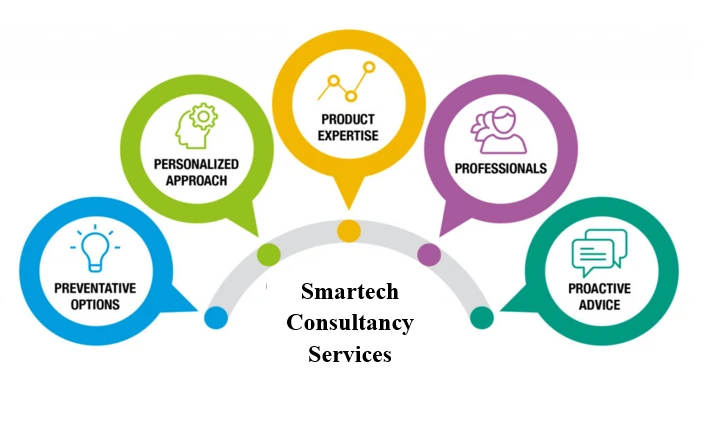Congratulations! You’ve cracked the code (pun intended) and learned a programming language. Whether you’ve mastered the elegance of Python or grasped the power of Java, you’ve unlocked a valuable skill. But the journey doesn’t end there. The real magic happens when you transform those lines of code into something tangible – a useful application or resource that solves problems and impacts lives. So, how do you bridge the gap between programming basics and building something remarkable? Let’s dive into a roadmap that will empower you to go from coding apprentice to coding architect.

Identifying Your Niche: Finding the Problems You Want to Solve
The first step is to identify your niche. What problems do you see in the world that technology can address? Think about your own daily struggles, the challenges faced by your community, or even global issues that pique your interest. Here are some ways to brainstorm:
- Personal Pain Points: Are you constantly frustrated by a repetitive task? Is there a lack of a specific tool you need to streamline your workflow? These personal frustrations can be the seeds for innovative applications.
- Community Needs: Talk to friends, family, and people in your community. What problems do they encounter that technology could help solve? Maybe it’s a local business lacking an online presence or a need for a community resource app.
- Global Issues: Think big! Are you passionate about sustainability, education, or healthcare? Technology can play a crucial role in tackling these global challenges. Identify a specific aspect of a larger issue and brainstorm solutions.
Refining Your Idea: Turning a Spark into a Flame
Once you have a general idea, refine it. Here are some questions to guide you:
- Who is your target audience? Understanding who will benefit most from your application is crucial. Tailor your features and design to their specific needs.
- What existing solutions are there? Research what currently exists in your chosen niche. Identify gaps, limitations, or opportunities for improvement in existing applications.
- What makes your solution unique? Why should someone choose your application over the competition? Define your unique value proposition (UVP) – what sets you apart.
- Is it feasible? Be realistic about your technical skills, resources, and development time. Start with a manageable scope and build upon it.
Building Your Development Arsenal: Essential Tools for the Code Warrior
Now comes the fun part – building your application! But before you start coding, ensure you’re equipped with the necessary tools:
- Integrated Development Environment (IDE): An IDE is your programmer’s workbench. It provides features like code editing, syntax highlighting, debugging tools, and project management. Popular choices include Visual Studio Code, PyCharm, and Eclipse.
- Version Control System (VCS): Imagine accidentally deleting your code! A VCS like Git allows you to track changes, revert to previous versions, and collaborate with others on projects.
- Additional Tools: Depending on your project’ needs, you might require specific libraries, frameworks, or cloud services. Explore the vast array of tools available to enhance your development process.
Designing for User Experience (UX): Making Your App User-Friendly
Remember, the most powerful code is useless if no one wants to use it. Focus on creating a user-friendly experience (UX). Here are some key principles:
- Intuitive Interface: Your application should be easy to navigate and understand. Users shouldn’t have to spend hours figuring out how to use it.
- Clean and Clear Design: A visually appealing interface with clear hierarchy and intuitive icons enhances user experience.
- User Testing: Get feedback from potential users throughout the development process. This helps identify usability issues and allows you to refine your design for optimal user experience.
Building Your Application: From Code to Creation
It’s time to code! Here’s a breakdown of the development process:
- Start with a prototype: Don’t aim to build the entire application at once. Develop a simple prototype to validate your concept and get user feedback.
- Break down the code into modules: Think of your application as a house. Each room (module) has a specific function – login, data processing, user interface. Break down your code into manageable modules that can be developed and tested independently.
- Write clean and documented code: Imagine inheriting a messy and uncommented room. Write clean, well-commented code that you and others can easily understand and maintain.
- Test, debug, and iterate: Testing is crucial. Identify and fix bugs (errors) throughout the development process. Gather user feedback and iterate on your design and functionality based on their input.

Deployment and Beyond: Launching Your Creation and Keeping it Going
Your application is built – congratulations! Now it’s time to share it with the world:
- Choose a deployment platform: Depending on your application type, you might need web hosting, mobile app stores (like Google Play or Apple App Store), or cloud platforms (like AWS or Azure).
- Marketing and Promotion: Don’t let your app gather digital dust! Promote it on social media, relevant online communities, or app review websites.
- Maintenance and Updates: Technology evolves, and so should your application. Plan for regular maintenance, bug fixes, and updates to keep your users engaged and your application relevant.
Conclusion: From Code Apprentice to Code Creator – The Journey Continues
The road from programming novice to application architect is paved with learning, perseverance, and a touch of creativity. The key is to start small, focus on solving real-world problems, and continuously learn and iterate. Remember, the most successful applications often start as simple ideas, refined and improved over time. So, keep coding, keep learning, and keep creating – the world awaits your next innovative solution!
Read Also
- “The Score” by Elle Kennedy
- Learning C++ in 2024: Powerhouse or Past Prime?
- Bored with Bland Flicks? Try These 5 Timeless Classics
- How To Avoid the “What I Ordered vs. What I Got” Nightmare
- Solar Power for Your Home: MUST-READ Before You Take the Plunge
Frequently Asked Questions (FAQs)
1. I don’t have a groundbreaking idea. Can I still build a useful application?
Absolutely! Innovation doesn’t always require reinventing the wheel. Look for ways to improve existing solutions, cater to a specific niche audience, or offer a more user-friendly experience.
2. I’m worried about making mistakes in my code.
Everyone makes mistakes! That’s why testing and debugging are crucial parts of the development process. Don’t be afraid to experiment, learn from your mistakes, and iterate on your code.
3. How long does it take to build a useful application?
Development time varies greatly depending on the complexity of your application. Start with a manageable scope and gradually add features as you learn and grow.
4. Do I need a team to build a useful application?
Not necessarily! Many developers build successful applications solo. However, for complex projects, collaborating with other programmers, designers, or marketers can be beneficial.
5. What are some resources to help me learn more about application development?
There are countless online tutorials, courses, and communities dedicated to app development. Explore platforms like Coursera, Udemy, and online forums like Stack Overflow to broaden your knowledge and connect with other developers.


